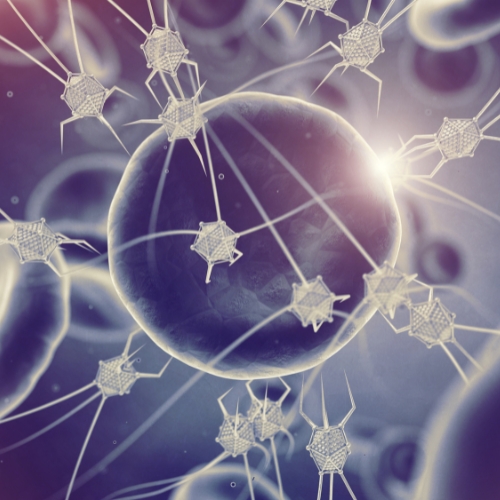Key points from article :
Tiny machines made from DNA strands can build copies of themselves.
Researchers from New York University created these nanobots, 100 nanometers across, using four strands of DNA.
The nanobots assemble copies of themselves using their own structure as a scaffold.
This technology could be used to create drugs inside the body or even build rudimentary robots or computers.
The self-replication process requires specific DNA chains, organic molecules, gold nanorods, and precise environmental conditions.
While self-replication is not currently uncontrolled, scientists acknowledge potential risks and the importance of safety measures.
Findings of the research published in Science Robotics.








